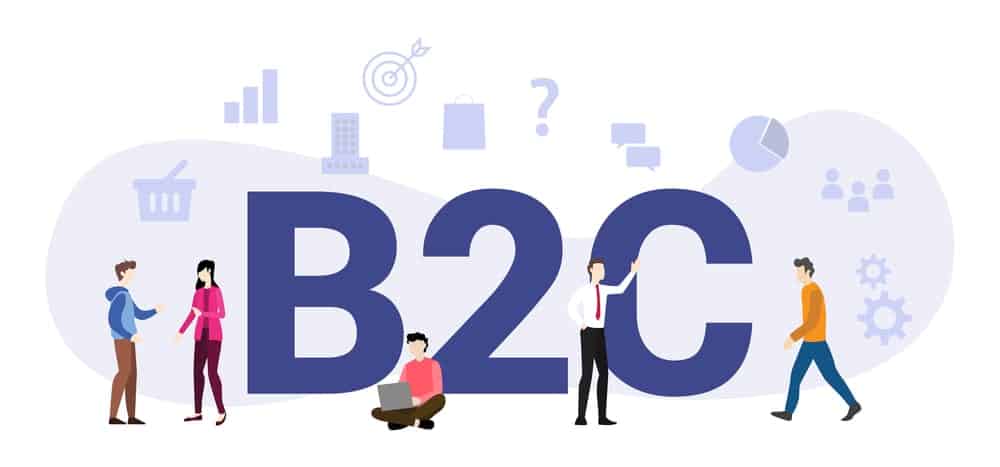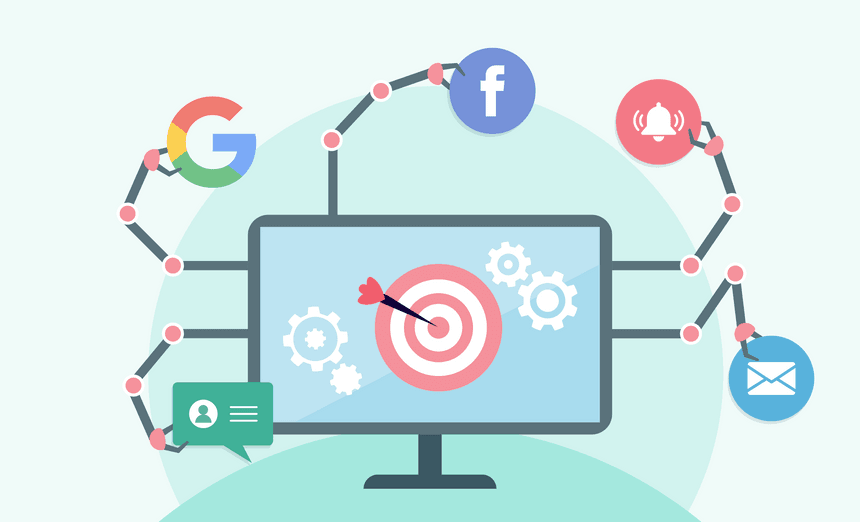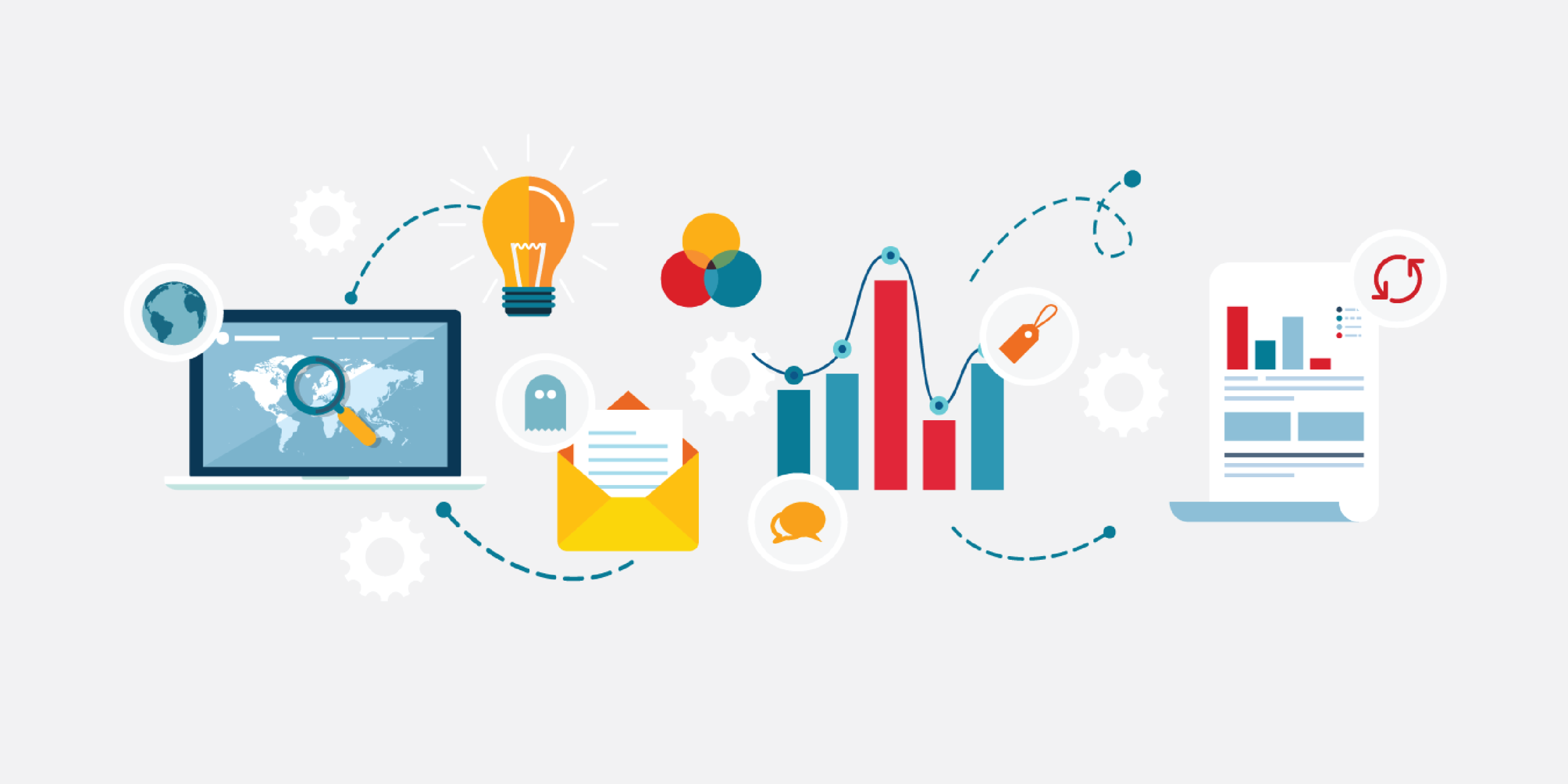Are you prepared for the future of B2C marketing automation? To outshine competitors and boost business growth, consider using B2C marketing automation. It involves using software to automate and customize marketing for your business’s consumer audience across email, social media, web, and mobile platforms. B2C marketing automation can save time and money, make operations more efficient, boost customer satisfaction and loyalty, and improve marketing results and returns on investment.
But how do you implement B2C marketing automation for your business? And what are the trends that will shape the future of B2C marketing automation in 2024? In this blog, we will answer these questions and show you how to leverage B2C marketing automation for your business.
 Some of the key steps that you need to take are:
– Define your target audience and segment them based on their behavior, preferences, and interests.
– Create and deliver personalized and relevant content to your audience across different channels and stages of the customer journey, using landing pages, forms, CTAs, emails, SMS, web push, etc.
– Generate and nurture leads from your website, social media, and other sources, using lead magnets, lead capture, lead scoring, and lead routing.
– Measure and optimize your marketing campaigns using web analytics, A/B testing, multivariate testing, and other methods, to track and improve your traffic, conversions, revenue, etc.
Some of the key steps that you need to take are:
– Define your target audience and segment them based on their behavior, preferences, and interests.
– Create and deliver personalized and relevant content to your audience across different channels and stages of the customer journey, using landing pages, forms, CTAs, emails, SMS, web push, etc.
– Generate and nurture leads from your website, social media, and other sources, using lead magnets, lead capture, lead scoring, and lead routing.
– Measure and optimize your marketing campaigns using web analytics, A/B testing, multivariate testing, and other methods, to track and improve your traffic, conversions, revenue, etc.
How to Implement B2C Marketing Automation for Your Business?
To implement B2C marketing automation for your business, you need to follow a clear strategy and plan that aligns with your business goals and customer needs. You also need to choose the right tools and platforms that suit your budget, resources, and requirements, such as HubSpot, Marketo, Pardot, etc. Some of the key steps that you need to take are:
– Define your target audience and segment them based on their behavior, preferences, and interests.
– Create and deliver personalized and relevant content to your audience across different channels and stages of the customer journey, using landing pages, forms, CTAs, emails, SMS, web push, etc.
– Generate and nurture leads from your website, social media, and other sources, using lead magnets, lead capture, lead scoring, and lead routing.
– Measure and optimize your marketing campaigns using web analytics, A/B testing, multivariate testing, and other methods, to track and improve your traffic, conversions, revenue, etc.
Some of the key steps that you need to take are:
– Define your target audience and segment them based on their behavior, preferences, and interests.
– Create and deliver personalized and relevant content to your audience across different channels and stages of the customer journey, using landing pages, forms, CTAs, emails, SMS, web push, etc.
– Generate and nurture leads from your website, social media, and other sources, using lead magnets, lead capture, lead scoring, and lead routing.
– Measure and optimize your marketing campaigns using web analytics, A/B testing, multivariate testing, and other methods, to track and improve your traffic, conversions, revenue, etc.






